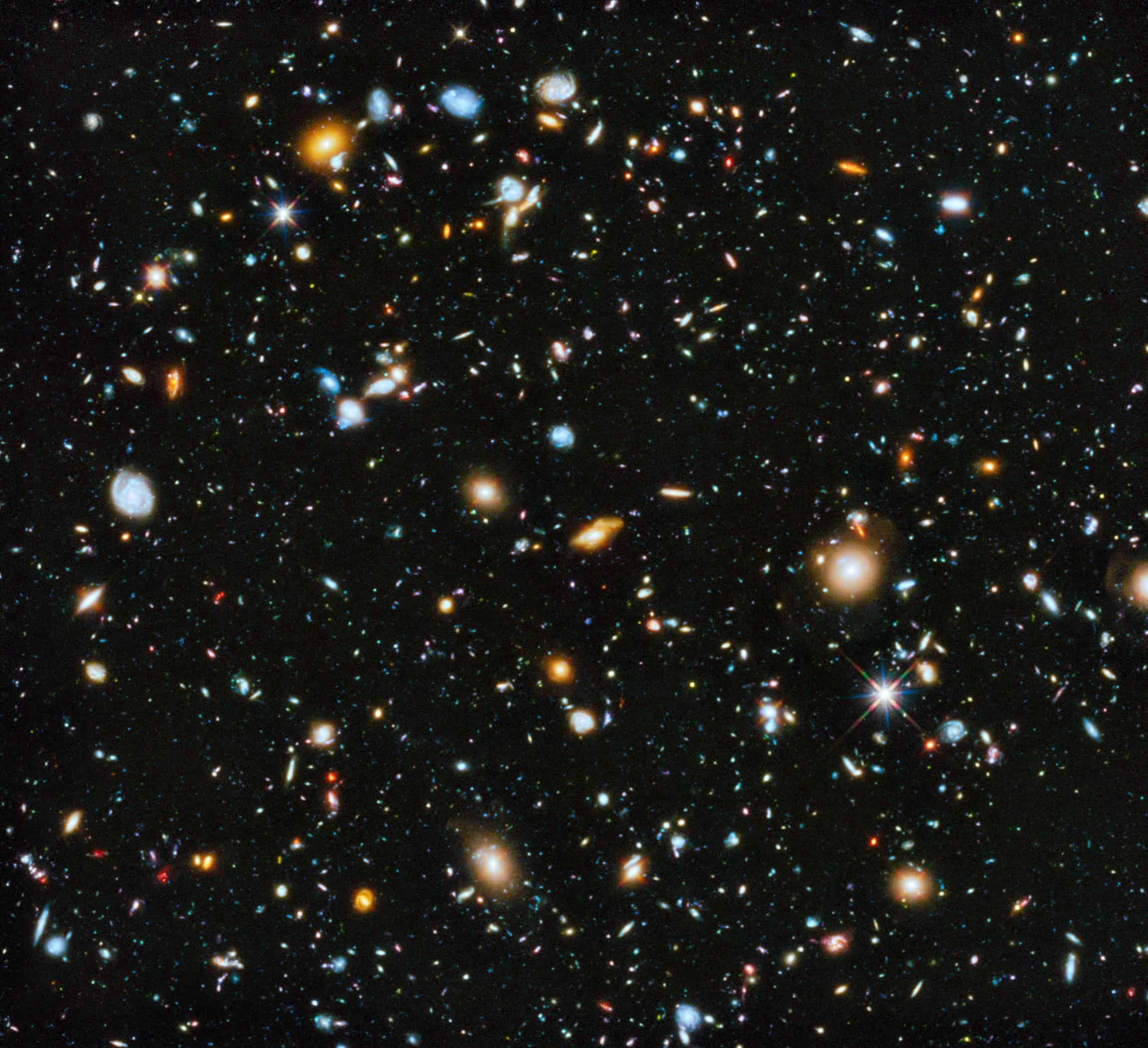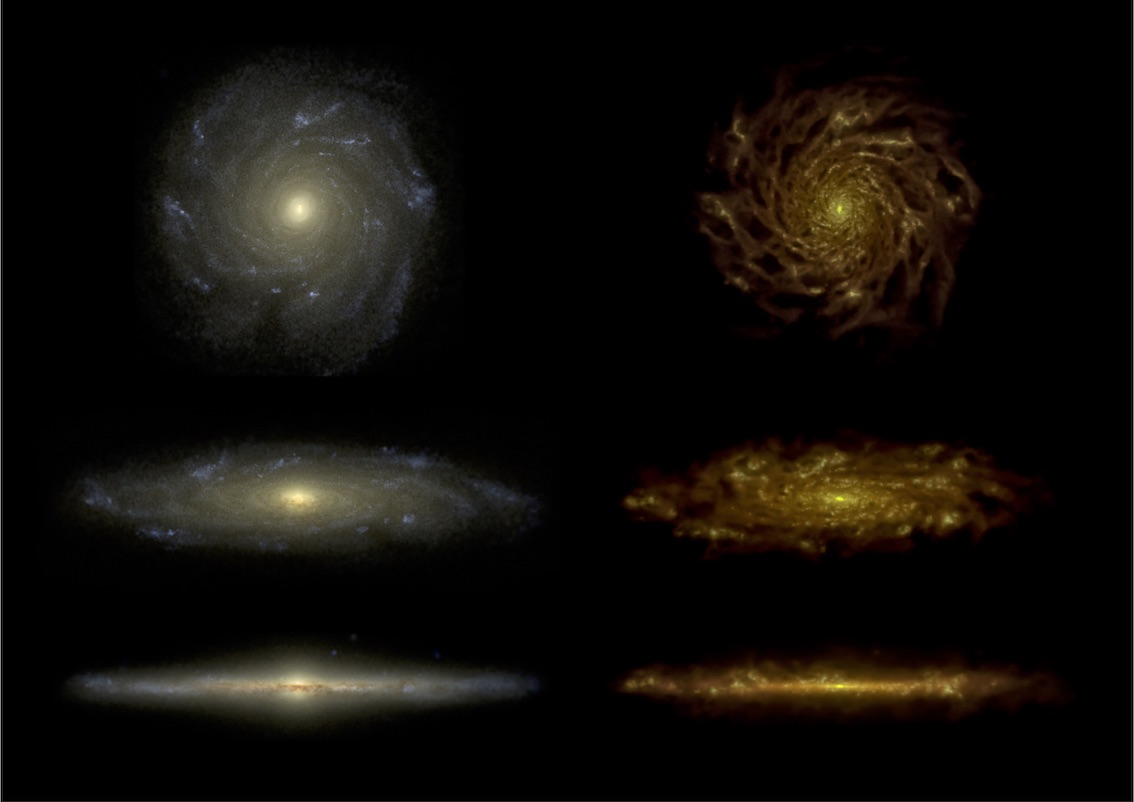
Interstellar dust in galaxies
The UGent astronomy group has an interest in the interstellar medium in galaxies, with a particular focus on the interstellar dust. The team was heavily involved in many Herschel key programmes that studied the dust in both nearby and distant galaxies.
Apart from observational studies, the actual modelling of the dusty ISM in galaxies is a long-term ambition of the team. The state-of-art SKIRT radiative transfer code has been developed and extended for more than a decade at UGent.
Galaxy dynamics
The UGent astronomy team started its extragalactic research in the 1980s in the field of galaxy kinematics and dynamics, and has built up a strong expertise on this topic.
Earlier work mainly focused on the stellar dynamical modelling of the observed kinematics of giant and dwarf early-type galaxies.
The current interest has shifted towards rotation curves and dark matter, the dynamical effects of black holes, and the triggering mechanisms of spiral arm structure in disc galaxies, a still unsolved riddle in galaxy dynamics.
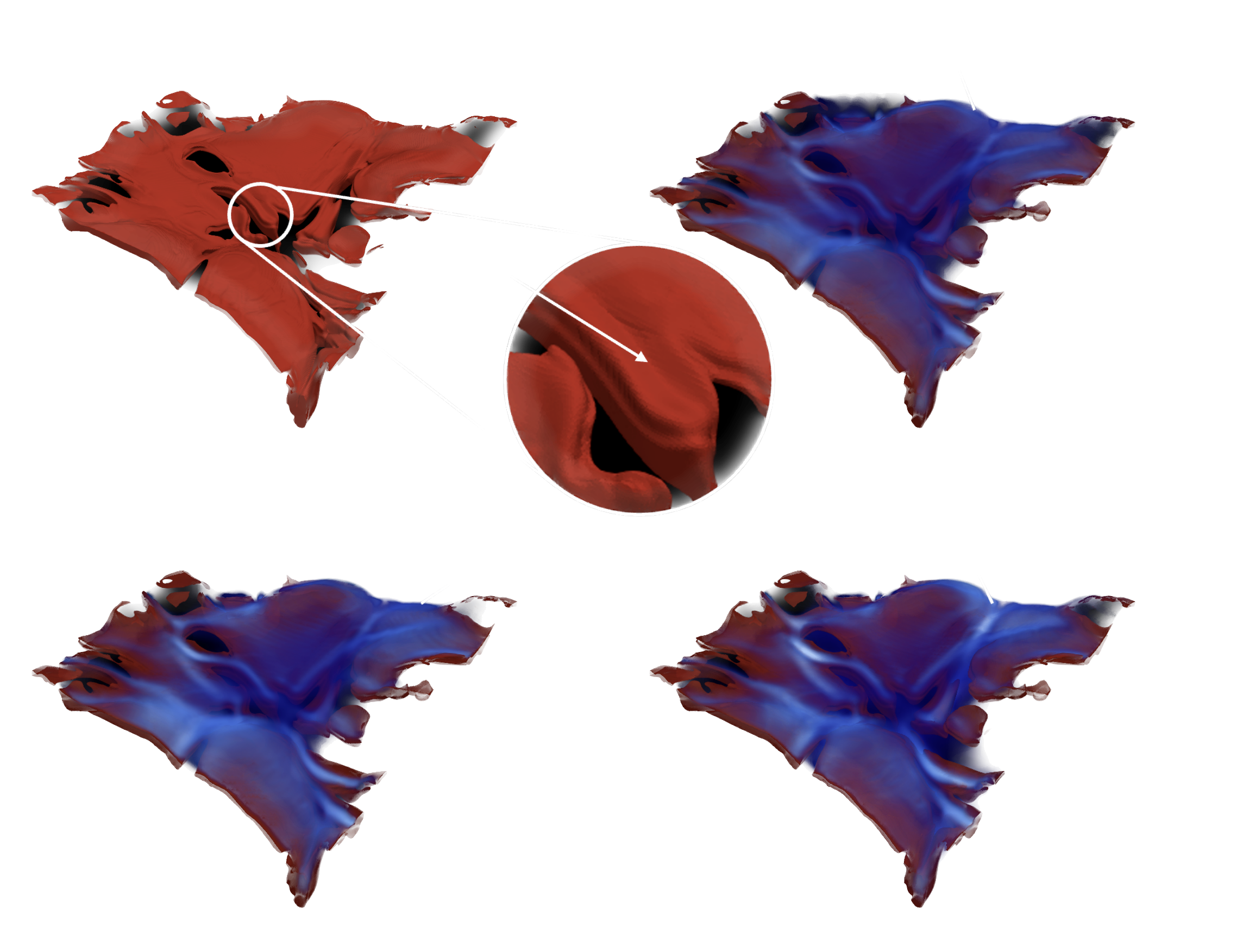
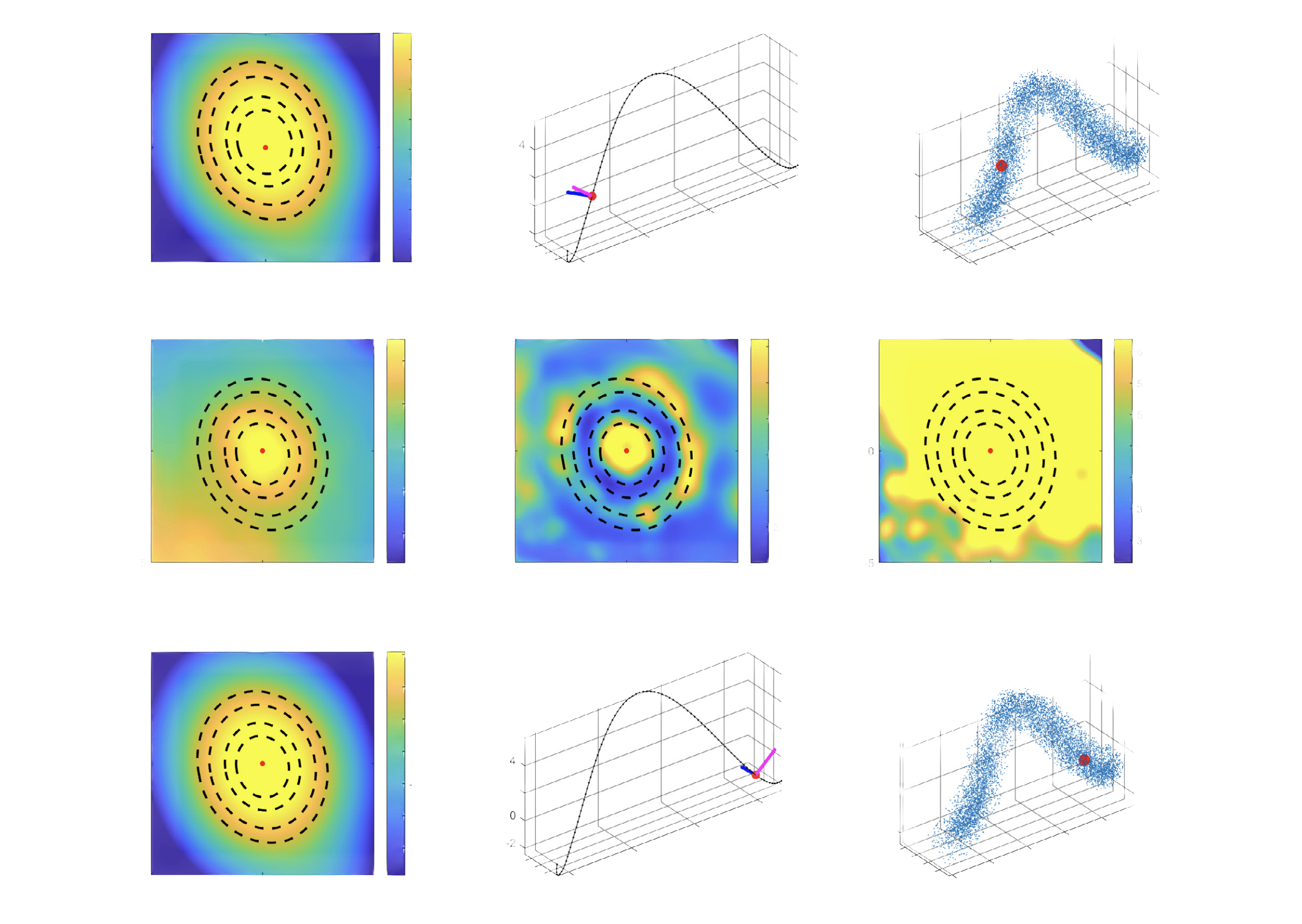
Dwarf galaxies
Observational research into the evolution of dwarf galaxies started in 2001 with an ESO Large Programme on the internal dynamics of dwarf elliptical galaxies, led by the UGent astronomy group. Since then, the team been involved in many projects on the chemistry, star-formation histories, and kinematics of dwarfs.
As part of this effort, the dwarf galaxy team is an important node of the SUNDIAL network which will train 14 PhD students in computer science, machine learning, and astrophysics.
The team is actively exploring alternatives to the SPH technique to simulate the hydrodynamics of galaxies. A key exponent of this research is the moving-mesh code SHADOWFAX which has excellent shock and interface capturing capabilities.
Galaxy evolution
Surveys of galaxies with large redshifts reveal evolutionary history of the universe. Astronomers at UGent are using ESO’s Very Large Telescope (VLT) and the NASA/ESA Hubble Space Telescope (HST) to study the stellar content, structure and star-formation activity of galaxies through cosmic time.
We lead the ESO Public Spectroscopic Survey LEGA-C, the scientific exploration of which is supported by a H2020 ERC grant. and we play key roles in prominent international projects, including the Treasury HST programs CANDELS and 3D-HST, and large ground-based surveys such as UKIDSS, ZFOURGE and SAMI.
